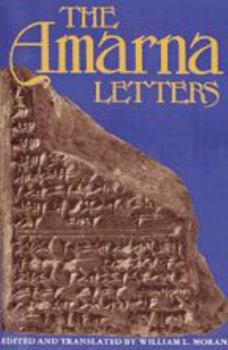The Amarna Letters
Select Format
Select Condition 
Book Overview
The letters provide a vivid record of high-level diplomatic exchanges that, by modern standards, are often less than diplomatic. An Assyrian ruler complains that the Egyptian king's latest gift of gold was not even sufficient to pay the cost of the messengers who brought it. The king of Babylon refuses to give his daughter in marriage to the pharaoh without first having proof that the king's sister -- already one of the pharaoh's many wives -- is still alive and well. The king of Karaduniyash complains that the Egyptian court has "detained" his messenger -- for the past six years. And Egyptian vassal Rib-Hadda, writing from the besieged port of Byblos, repeatedly demands military assistance for his city or, failing that, an Egyptian ship to permit his own escape.
Related Subjects
Ancient Assyria, Babylonia & Sumer Criticism & Theory Education & Reference Egypt Foreign Language Foreign Language Dictionaries & Thesauruses Foreign Language Fiction Foreign Language Learning Foreign Language Study Foreign Language Study & Reference Foreign Languages History History & Criticism Humanities Literary Criticism Literary Criticism & Collections Words, Language & Grammar




